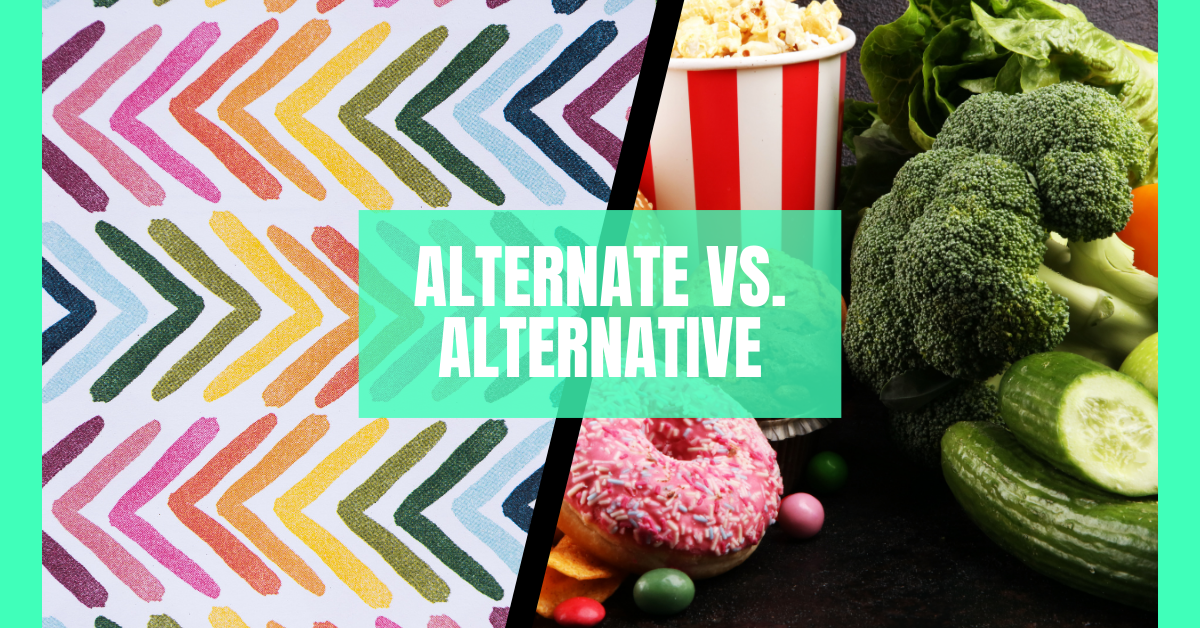Seen vs. Saw: Understanding the Key Difference

Seen vs. Saw: Understanding the Key Difference
Seen vs. Saw: Understanding the Difference
English grammar can sometimes trip us up, and one of the most common confusions happens when using “seen” and “saw.” Both of these words are forms of the verb “to see,” but they aren’t interchangeable. Knowing when to correctly use “seen” vs. “saw” can help your English sound more polished and fluent.
Let’s dive into what makes these two words different and how to use them correctly in everyday conversations or writing.
Source: Learn English Coach YouTube Channel
What is “Saw”?
“Saw” is the past tense form of the verb “see.” In other words, it’s used when discussing something that happened in the past and is a completed action.
Example:
Yesterday, I saw a great movie.
We saw the Eiffel Tower during our trip to Paris.
In these examples, the action of seeing something has already happened, and it’s over. “Saw” doesn’t need any helping verbs (like “have” or “had”) to make sense in a sentence.
What is “Seen”?
“Seen” is the past participle of “see.” This means that “seen” must always be used with a helping verb (like “have,” “has,” or “had”). It’s often found in perfect tenses, which describe actions that have happened at different points in time.
Example:
I have seen that movie before.
She has seen many beautiful places during her travels.
In these examples, “have” and “has” help connect the action of seeing to a broader timeline, indicating when the action was completed.
Common Mistakes with “Seen” and “Saw”
One of the most frequent mistakes English learners make is using “seen” without a helping verb or using “saw” when “seen” is required. Let’s look at a few examples of these common errors:
Incorrect: I seen that movie yesterday.
Correct: I saw that movie yesterday.
Incorrect: She saw that actor before.
Correct: She has seen that actor before.
The first incorrect example is wrong because “seen” cannot stand alone without “have” or “had.” The second one misuses “saw” in a context where a perfect tense (with “has”) is required.
How to Know When to Use “Seen” or “Saw”
A good trick is to listen for helping verbs in the sentence. If you see or hear “have,” “has,” or “had,” you’ll want to use “seen.”
Use “saw” for simple past tense (something that happened and is done).
Use “seen” with a helping verb for perfect tenses (something that has happened at some point, but we’re linking it to a current time or another past event).
Here’s a quick breakdown:
Simple Past (Saw): No helping verb, happened in the past.
Present Perfect (Have/Has Seen): Action that occurred at some point in the past and is relevant now.
Past Perfect (Had Seen): Action that happened before another past action.
Examples:
Simple Past: I saw the concert last week.
Present Perfect: I have seen that concert before.
Past Perfect: I had seen the concert before it was canceled.
Why is This Important?
When you use “seen” and “saw” correctly, your English will sound more natural and fluent. This is especially important in professional communication, academic writing, and social situations where clear and proper grammar is expected.
Moreover, getting these right shows that you understand English grammar rules on a deeper level. It helps prevent misunderstandings and ensures that your listeners or readers can follow your meaning easily.
Practice Makes Perfect
Like many aspects of English, mastering “seen” vs. “saw” comes down to practice. The more you expose yourself to correct usage through reading, writing, and speaking, the more naturally these distinctions will come to you.
Final Thoughts
Remember that “saw” is used for simple past tense and doesn’t need a helping verb. “Seen” is the past participle, and it always requires a helping verb like “have” or “had.” Paying attention to the structure of your sentences will help you determine whether to use “seen” or “saw.” By mastering this small but crucial distinction, you’ll improve the clarity and accuracy of your English communication.
FREE Quiz
Take our free quiz to test your knowledge of Seen vs. Saw. 👉 Click Here to Start the Quiz






